ABALONES OCEAN BOTTOM SYSTEM
Last-Release:2024-04-03 15:12:21 Font Size:T|T
OBS INSTRUMENTATION AND DEPLOYMENT SYSTEM DEVELOPED TO STREAMLINE LOGISTICS AND WORKFLOWSThe Abalones Ocean Bottom S
OBS INSTRUMENTATION AND DEPLOYMENT SYSTEM DEVELOPED TO STREAMLINE LOGISTICS AND WORKFLOWS
The Abalones Ocean Bottom System combines Nanometrics’ industry leading Pegasus OBS digital recorder and Trillium OBS seismometer technologies with Scripps Institution of Oceanography’s versatile OBS deployment technology to provide a turnkey solution for deployments in shallow, intermediate, and deep water up to 6,000 m. The low power consumption of the Pegasus OBS digital recorder and Trillium OBS seismometer greatly reduces battery cost and extends maximum deployment durations up to 20 months.
Designed specifically for ocean bottom experiments, the Pegasus OBS data acquisition workflow optimizes onshore and shipboard processes to address common challenges of this demanding environment. Powerful planning tools enable pre-configuration of the digital recorder and sensors prior to boarding the ship. Once on-deck, the system configuration can be set or adjusted using the Bluetooth enabled mobile app, all without needing to open the pressure vessels.
The Abalones modular design and low size, weight and power provide exceptional versatility in sensor and battery payload choices, and offers maximum potential for compatibility with future instruments. The versatile frame and four-channel Pegasus digital recorder are compatible with a range of three-channel seismic sensor options including, broadband seismometers, short-period geophones, strong-motion sensors, as well as recording a single channel sensor such as a hydrophone.
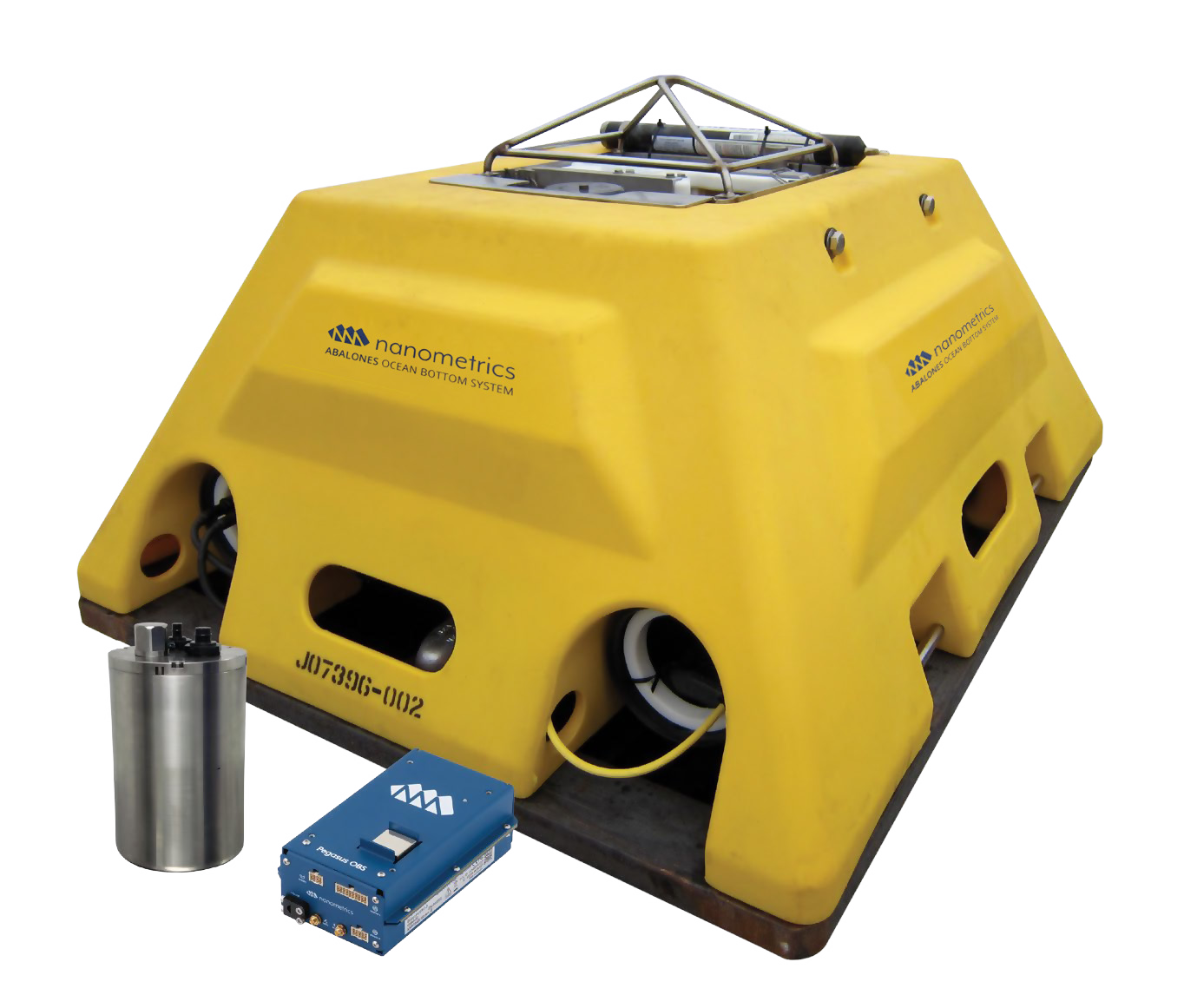
COMBINING EXPERTISE IN OCEAN SCIENCE AND SEISMIC INSTRUMENTATION
The long-standing collaboration between Nanometrics and Scripps brings together expertise in ocean science andseismic instrumentation to provide research institutes around the world with access to unparalleled seismic technologies for geophysical studies on the seafloor.
The Abalones provides an ideal platform for OBS experiments, with a very stable, trawl resistant design and a robust, conformal syntactic foam-based flotation frame. The Abalones releases the seismometer directly onto the seafloor to achieve optimal seismic coupling to the earth and mechanical decoupling from the frame, but still surrounds the seismometer, shielding it from ocean currents to minimize unwanted environmental noise.
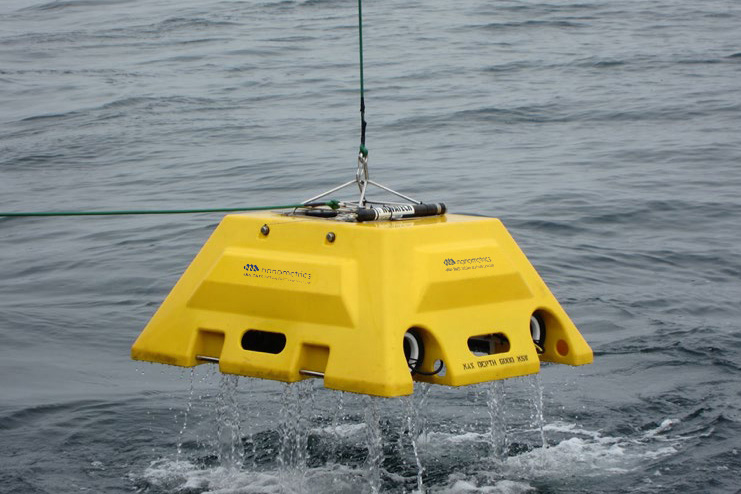

OCEAN BOTTOM SEISMOMETERS
Our OBS seismometers incorporate a robust and reliable leveling gimbal to auto-level from orientations of ±50° up to the full 360° depending on the model. Robust enclosures and proven marine connectors ensure exceptional ruggedness and resistance to corrosion in marine and freshwater environments. Integrated logging of comprehensive state-of-health information for optimizing deployment techniques. Also, with no mass lock or gimbal lock, these seismometers provide reliable, trouble-free operation.
TRILLIUM COMPACT OBS
• Auto-levels from any orientation thanks to its precise and reliable leveling gimbal that
• operates over a full 360° range
• Offers either a Titanium pressure vessel for deployments up to 6000 meters or an aluminum-anodized enamel painted vessel for deployments up to 1800 meters
TRILLIUM 120/360 OBS
• Delivers observatory grade performance with the ease-of-use of our industry-leading land-based Trillium seismometers
•Offers a robust leveling gimbal that can self-level up to a ± 50° tilt range
•Is housed in a Titanium ellipsoidal pressure vessel rated for 6000 m deployments
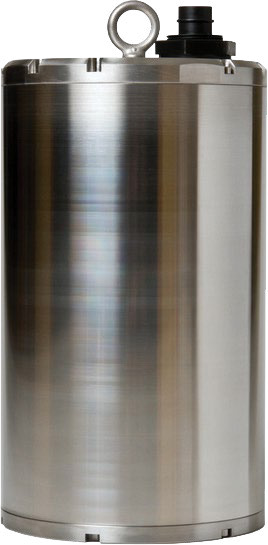
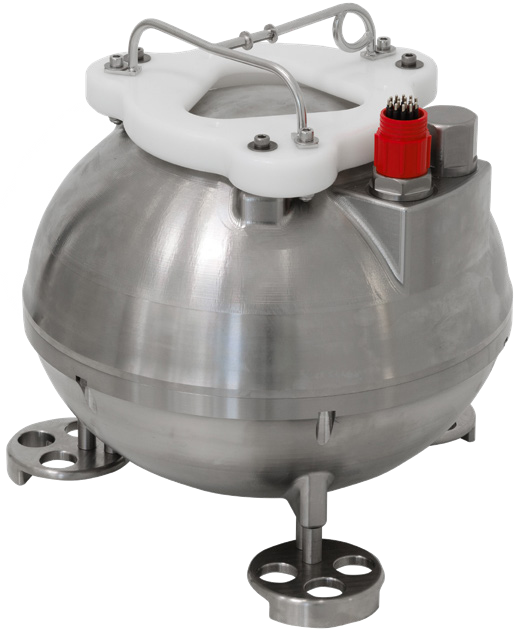
MODERNIZING OBS DATA ACQUISITION & PROCESSING
Every aspect of the Pegasus OBS ecosystem has been optimized to provide the greatest efficiency for ocean bottom experiments. The seamless, end-to-end workflow optimizes onshore and shipboard processes and delivers automatically constructed, ready-to-analyze data and metadata. The high-precision, low-drift timing system of the Pegasus OBS produces accurately time stamped data.With its remarkably small form factor and low power consumption, the Pegasus OBS digital recorder minimizes the cost of batteries, extends maximum experiment duration, reduces overall station size requirements, and simplifies integration into existing systems or new vessel designs.
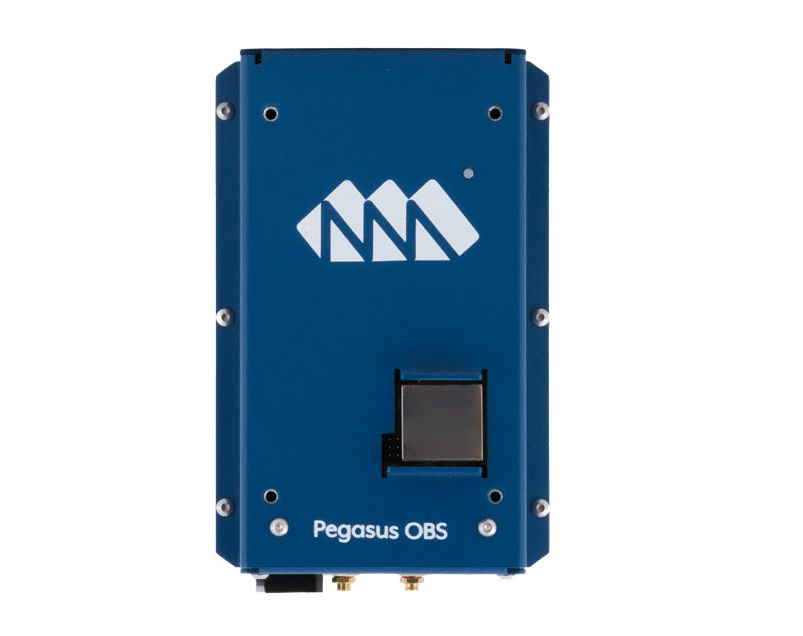
PURPOSE BUILT, OBS WORKFLOW
• Powerful pre-planning tools• Bluetooth mobile interface allows you to connect to the digital recorder without opening the pressure vessels
• Low SWaP (Size, Weight and Power) minimizes battery cost and extends maximum deployment durations
• Retrieve 1 year of 4-channel 100 sps data in less than 3 minutes
• High fidelity data produced by very low noise, high precision digitizer technology
• Complete, ready to analyze datasets
iOS and Android apps connect over Bluetooth to provide the primary on-deck interface for the Pegasus OBS.
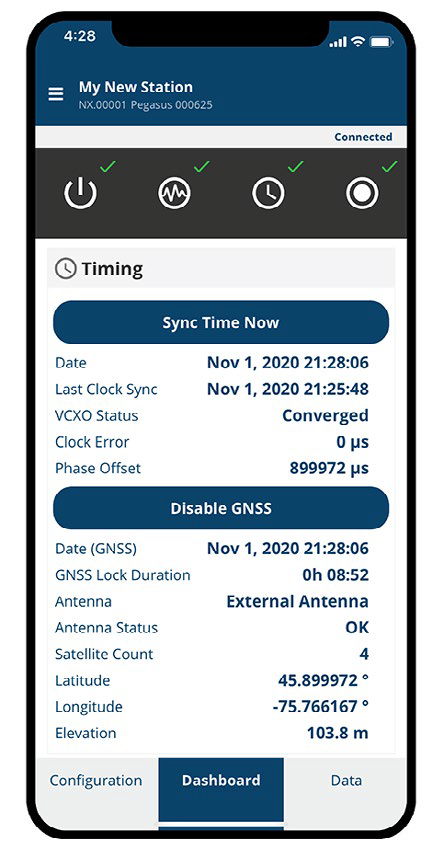
TECHNICAL SPECIFICATIONS ABALONES WITH INTEGRATED PEGASUS OBS DIGITAL RECORDER
SYSTEM
Type: Trawl resistant autonomous free fall ocean bottom system for shallow, intermediate, and deep water deploymentsSensors: Seismometer plus optional single channel sensor (hydrophone)
Noise Isolation:
• Seismometer detaches from frame onto seafloor to provide mechanical isolation from frame
• Abalones frame encloses and shields seismometer from ocean currents
Handling:
• Easily moved on ship deck by one person using a pallet jack
• Usable on any size vessel with an adequate crane for deployment/recovery
SEISMOMETERS
Trillium Compact OBS• 120s lower corner frequency
• Full 360°gimbal
• 195 mW typical power consumption
• 6,000 m depth
• Auto-leveling schedule
Refer to datasheet (1001.06) for complete details
Trillium 120 OBS
• 60s lower corner frequency
• ±50°gimbal
• 250 mW typical power consumption
• 6,000 m depth
• Auto-leveling schedule
Refer to datasheet (1001.24) for complete details
Trillium 360 OBS
• 360s lower corner frequency
• ±50°gimbal
• 250 mW typical power consumption
• 6,000 m depth
• Auto-leveling schedule
Refer to datasheet (1001.25) for complete details
PRESSURE SENSOR (OPTIONAL)
HiTech Hydrophone: HTI-04-PCA ULF, 0.01 Hz to 8 kHzHANDLING
Rate of Ascent: 40 m/min (approximate)Rate of Descent: 60 m/min (approximate)
Local Configuration and SoH: Bluetooth connectivity with mobile application available (iOS and Android) for configuration and live view of waveforms and state-of-health.
Available Beacons: Flasher, Radio Beacon, Signal Flag
Anchor: Mild steel with sacrificial zinc anodes
DIGITIZER PERFORMANCE & CAPABILITIES
Accuracy: Nominal gain accurate within ±0.5%Dynamic Range: 142 dB @ 20 sps, 135 dB @ 100 sps (40 Vpp (1x gain), full-scale peak to RMS shorted-input noise)
Power-up: <5 seconds
Resolution: 28 bit for ≤ 10 sps
26 bit for 20 to 50 sps
24 bit for ≥ 100 sps
Preamp Gain: 1x, 4x, 10x, 40x, 80x Sensor A and B independently selectable
Sample Rates: 1, 2, 5, 10, 20, 40, 50, 100, 200, 250,500, 1000 sps simultaneous on all channels Sensor A and B independently selectable
Decimation Anti-Aliasing Filter
• Selectable linear phase (noncausal) or minimum phase (causal)
• -140 dB (linear phase) at output Nyquist frequency, 0 dB at 80% Nyquist
DATA RECORDING & RETRIEVAL
Data sets:• Waveform data: miniSEED, STEIM2 compressed or export in SEG-Y
• Automatic Time Correction: Selectable by user
• Station metadata including instrument response: StationXML
• State-of-Health: miniSEED, STEIM2 compressed
• Instrument Logs
Internal Memory: High reliability 128GB eMMC• Automatic Time Correction: Selectable by user
• Station metadata including instrument response: StationXML
• State-of-Health: miniSEED, STEIM2 compressed
• Instrument Logs
Data Download: USB3.0 Superspeed (>100 MB/s)
User Interface: Bluetooth connectivity with mobile application (iOS and Android) for configuration and live view of waveforms and state-of-health
TIMING - GNSS AND PRECISION NETWORK
Timing System: Internal VCXO clock disciplined to Seascan time base module, synchronized to GNSS UTC timing source pre/post deploymentFree-running Timing Source: Seascan SISMTB time base module (customer serviceable)
Free-running Drift Rate:
• Pre-correction: 4.3 msec/day
• Post-correction: 0.04 msec/day (Typical)
GNSS TIming Receiver: Internal 33-channel GNSS module for timing sync before and after deployment• Post-correction: 0.04 msec/day (Typical)
GNSS Constellations: Selectable from GPS, GLONASS, BeiDou, Galileo, QZSS
GNSS Timing Accuracy: Typical < 3µs to UTC with GNSS lock
GNSS Power Modes: Selectable: OFF or Temporarily ON (pre/post deployment)
DIGITAL RECORDER POWER USAGE (TYPICAL)
Normal Mode:<200 mW for 3 channels or <240 mW for 4 channelsTiming System Reserve Mode: 6 mW for persistent timing system when on reserve battery and power is disabled for sensors and digital recorder
POWER
Instrumentation Main Battery Supply: Modular lithium primary battery packs to accommodate a deployment duration of up to 20 months @ 0°CTiming System Reserve Battery Supply: Dedicated lithium primary battery pack to maintain timing for an additional >15 months
Acoustic Release Battery Supply: Alkaline batteries Instrumentation Protection: Electronic resettable fuse design, reverse battery protection
Digital Recorder Battery Manager: User-configurable low voltage shutdown and restart thresholds
PHYSICAL CHARACTERISTICS
Deployment Frame:• Polyethylene shell filled with conformal syntactic foam on a stainless steel frame with sacrificial zinc anodes
• Anodized aluminum cylinder pressure vessels Instrument Enclosures:
• Seismometer: titanium
• Electronics and batteries: enamel painted anodized aluminum
Size: 1321 mm (L) x 1118 mm (W) x 737 mm (H)• Anodized aluminum cylinder pressure vessels Instrument Enclosures:
• Seismometer: titanium
• Electronics and batteries: enamel painted anodized aluminum
Weight in air (with Trillium Compact OBS): < 375 kg (with anchor), 205 kg (without anchor)
ENVIRONMENTAL
Operating Temperature: –5°C to +35°CStorage Temperature: –40°C to +70°C

